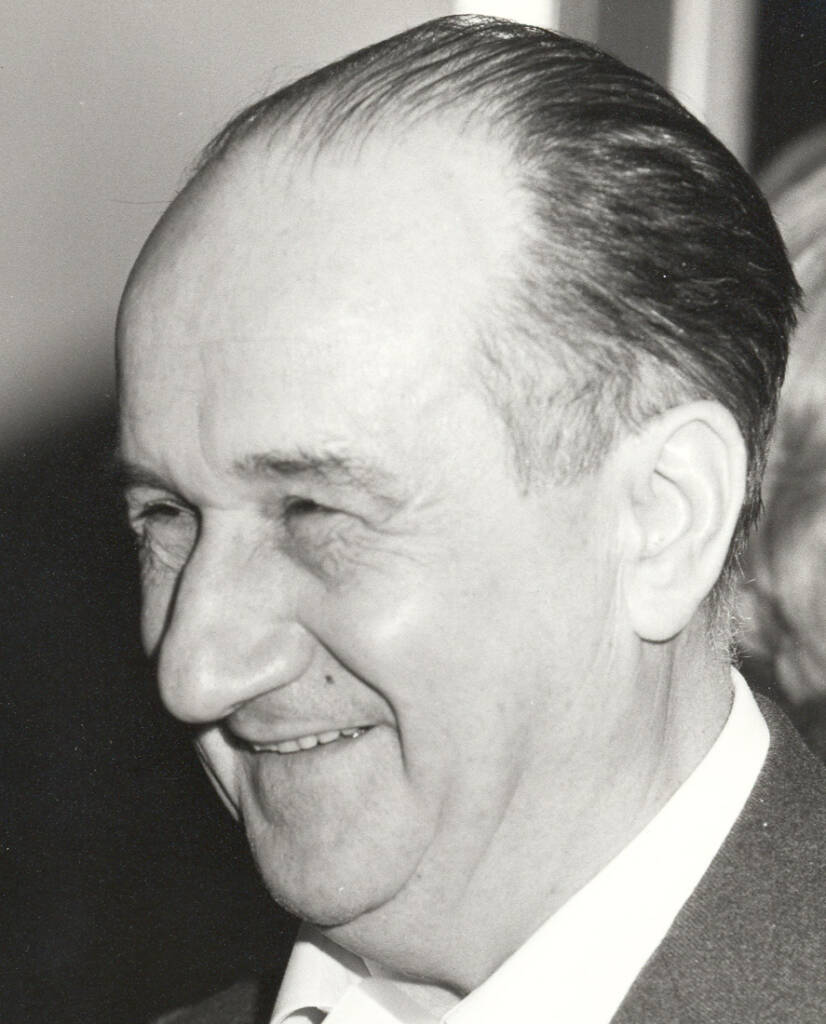Alfred Kastler, especially after receiving the Nobel Prize in 1966, enjoyed considerable worldwide fame due to his humanist stances in politics. This reputation somewhat overshadowed the significant contributions of Brossel, who dedicated all his talent and energy to research, dramatically advancing knowledge in atomic physics. In reality, Kastler and Brossel formed a highly complementary duo: while Kastler spent much time promoting ideas within the national and international community, Brossel effectively led the group. He actively monitored and stimulated the theses being conducted, particularly encouraging women, who were nearly absent from French physics research in the 1960s but were relatively numerous in his laboratory (including Marie-Anne Guiochon-Bouchiat, Françoise Grossetête, Colette Julienne-Galleron, Françoise Boutron-Hartmann, Nicole Polonsky, and Michèle Leduc).
Brossel was one of the few “big names in physics” who actively engaged in experimental work. For example, he was the one who, with a torch in hand, filled the glass cells containing the gases to be studied (alkalis, mercury, helium, etc.) on his pumping bench. He was the only one who knew how to completely degas the cells and coat them with paraffin to prevent the relaxation of spins oriented by collisions with the glass walls. In a more theoretical domain, he contributed to the physical explanation of multi-photon transition spectra, with the detailed theory later developed by Winter, along with many other discoveries.
His atomic physics course for the DEA was very comprehensive and accurately traced the history of the discipline. He later published this material in a book in English (reference?). After their thesis defense, he encouraged his students to establish their own research groups at other universities, such as in Caen or Grenoble. Brossel’s national and international influence was substantial.
Jean Brossel (1918-2003) is regarded as one of the “re-founding fathers” of French physics. Kastler always deeply regretted that Brossel was not associated with his Nobel Prize in 1966. This may be because Brossel was not a co-author of Kastler’s original theoretical paper on optical pumping, despite having directly contributed to the first experimental demonstration of this general method. However, Brossel had the satisfaction of seeing one of his closest students, Claude Cohen-Tannoudji, awarded the prize in 1997.

